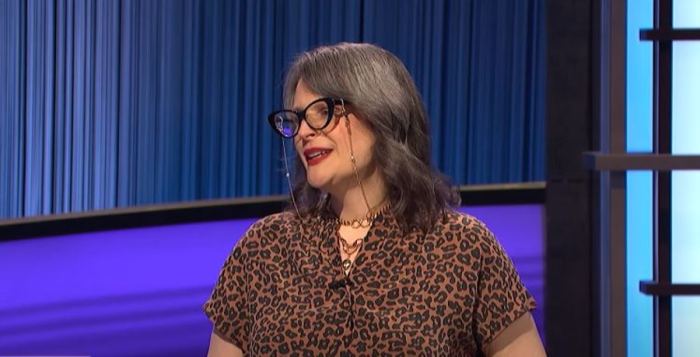That last customer sure had a strong drawl, a distinctive speech pattern that hinted at a rich cultural heritage and a deep connection to a particular region. This observation sparks a journey into the fascinating world of regional dialects and accents, revealing the intricate interplay between language, culture, and identity.
Regional dialects, shaped by a multitude of social and historical factors, serve as linguistic markers that reflect the unique experiences and perspectives of communities. The Southern drawl, with its characteristic phonetic and prosodic features, stands as a prime example of how regional accents can become deeply ingrained in a culture’s fabric.
Regional Dialects and Accents

Regional dialects and accents are variations of a language that are spoken in a particular region or area. They develop over time as a result of factors such as geographic isolation, cultural influences, and historical events.
Regional dialects often have unique characteristics in terms of pronunciation, grammar, and vocabulary. For example, the Southern drawl in the United States is characterized by a slower speech rate, drawled vowels, and a distinctive intonation pattern.
Social and Cultural Factors
- Geographic isolation: Regions that are geographically isolated from other areas may develop their own distinct dialects due to limited contact with speakers of other dialects.
- Cultural influences: Regional dialects can also be influenced by the cultural norms and values of the community that speaks them. For example, the Southern drawl is often associated with a relaxed and friendly demeanor.
- Historical events: Historical events, such as immigration and migration, can also shape the development of regional dialects. For example, the Southern drawl is thought to have been influenced by the influx of settlers from the British Isles and other European countries.
Southern Drawl

A drawl is a type of regional accent that is characterized by a slower speech rate and drawled vowels. The Southern drawl is a well-known example of a drawl that is spoken in the southern United States.
Phonetic and Prosodic Features
- Slow speech rate: The Southern drawl is typically spoken at a slower pace than other regional accents.
- Drawled vowels: Vowels in the Southern drawl are often pronounced with a longer duration than in other accents.
- Distinctive intonation pattern: The Southern drawl has a unique intonation pattern that is characterized by a rising and falling pitch.
Geographic Regions
The Southern drawl is commonly spoken in the southeastern United States, including states such as Alabama, Mississippi, Georgia, and South Carolina.
Cultural and Historical Context: That Last Customer Sure Had A Strong Drawl

The Southern drawl has been shaped by a number of cultural and historical factors.
Immigration and Migration
- British Isles: The Southern drawl is thought to have been influenced by the influx of settlers from the British Isles, particularly from England and Scotland.
- Other European countries: The Southern drawl has also been influenced by immigration from other European countries, such as Germany and France.
- African American influence: The Southern drawl has also been influenced by the speech patterns of African Americans in the region.
Regional Isolation
The Southern United States was relatively isolated from other regions of the country during the early years of its history. This isolation contributed to the development of the Southern drawl.
Social Implications

Having a strong regional accent can have a number of social implications.
Perceptions and Stereotypes
- Positive perceptions: Regional accents can sometimes be associated with positive stereotypes, such as being friendly and approachable.
- Negative perceptions: Regional accents can also be associated with negative stereotypes, such as being uneducated or unsophisticated.
Communication
Regional accents can sometimes make communication difficult, particularly for people who are not familiar with the accent.
Advantages and Disadvantages
- Advantages: Having a distinctive regional accent can be a source of pride and identity for speakers.
- Disadvantages: Having a strong regional accent can sometimes be a disadvantage in certain social contexts, such as job interviews or public speaking.
Literary and Artistic Representations
The Southern drawl has been portrayed in a variety of literary and artistic works.
Literature, That last customer sure had a strong drawl
- The Adventures of Huckleberry Finnby Mark Twain: This novel features a number of characters who speak with a Southern drawl.
- To Kill a Mockingbirdby Harper Lee: This novel also features characters who speak with a Southern drawl.
Music
- Country music: Country music is often associated with the Southern drawl.
- Blues music: Blues music is another genre that is often associated with the Southern drawl.
Sense of Regional Identity
The Southern drawl has played a significant role in creating a sense of regional identity and belonging in the Southern United States.
Clarifying Questions
What factors contribute to the development of regional dialects?
Social and cultural factors such as immigration, migration, geographic isolation, and local traditions play a significant role in shaping regional dialects.
How does a Southern drawl differ from other regional accents?
The Southern drawl is characterized by specific phonetic and prosodic features, such as the monophthongization of diphthongs, the reduction of unstressed vowels, and a slower speech rate.
What are the social implications of having a strong regional accent?
Regional accents can influence perceptions, stereotypes, and communication, potentially leading to both advantages and disadvantages in different social contexts.